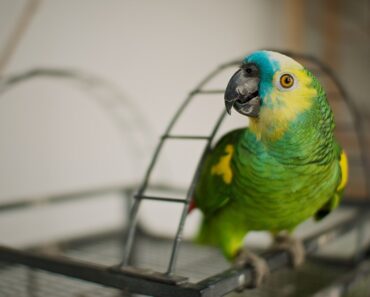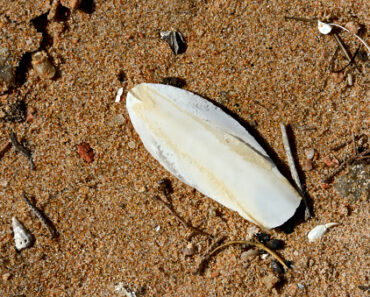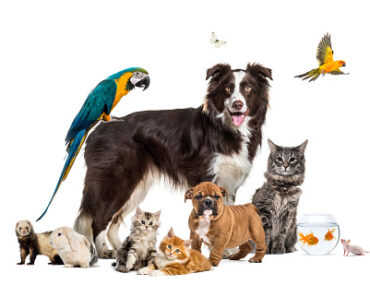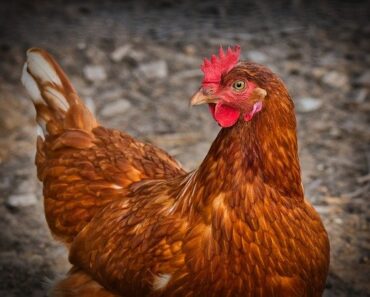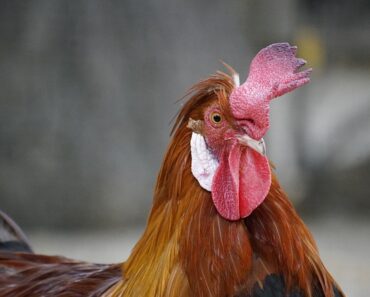Protecting birds is everyone’s business. Let’s help our little feathered creatures to get through the extreme winter or to overcome the bad weather. Of course, October is the ideal autumnal period to think about the birds of the garden: offer them an exceptional shelter that will cover their basic needs, namely, a secure shelter and seeds at will.
Invite the birds of the air by transforming your garden into a natural and exotic paradise. After reading this timely article, you will know how to welcome and feed wild birds as they should, according to their species, by adopting the right gestures and respecting their natural habitat.

Diets of Garden Birds
Garden birds have their own diet. In order to offer them an adapted feeding, and to avoid possible waste, it is important to know the different diets of the main species. To attract as many different species as possible, include fat balls, sunflower or peanut seeds, worms, wild fruits or berries in your pantry.
Fruit-eating birds consume fruits and berries which, once digested, end up in their droppings. Thus, the seeds scattered on the ground end up germinating. Who are they?
- The European starling,
- The chattering magpie,
- The music thrush.
Insectivorous birds eat insects, slugs, spiders, berries and small seeds. They will certainly get rid of the many pests in your flowers or vegetable gardens. You can recognize them by their long, thin, pointed beaks. Who are they?
- The blackbird,
- The familiar robin,
- The long-tailed tit,
- The nuthatch,
- The house wren,
- The great spotted woodpecker,
- The kinglet.
Granivorous birds are fond of seeds and insects when spring comes. They limit the development of weeds by eating their seeds. Their short and robust beaks allow them to shell all the seeds. Who are they?
- The house sparrow,
- The robin sparrow,
- The great tit,
- The blue tit,
- The great tit,
- The tree finch,
- The European greenfinch,
- The goldfinch,
- The collared dove,
- The speckled grouse,
- The oak jay.
Feeding places: the right reflexes to feed them
It is necessary to avoid distributing seeds, bird millet or other cereals all year round, because it is harmful to biodiversity, their dependence, reproduction, egg incubation and chicks. In principle, birds leave their nests in the morning and feed in the late afternoon.
There are many options for providing your little feathered friends with the seeds they need. Floor feeders are best for larger birds. Standing or hanging feeders are best for small to medium-sized birds, which are much more vulnerable on the ground, and safer perched in a tree.
Hanging seed feeders will be really appreciated by birds that are used to feeding directly in trees.
In any case, you must choose a quiet place that is conducive to the arrival of your birds of passage. Ideally, you should install their feeders near a hedge, a tree or a shrub, sheltered from predators, such as cats.
During the winter months, fat balls, sunflower seeds or peanut seeds should be used for optimal feeding of the birds.
When the weather warms up, especially in spring and summer, offer a less energetic seed mixture or pre-wet bread for easy digestion. In every season, it is essential to install a watering hole and a bathtub in which the birds can drink, bathe and maintain their feathers at their leisure.
Your garden: a good place to welcome the birds of the air
Whether you are in the country or in the city, it is time to find in your garden or balcony, the wild birds that unfortunately undergo climate change. They live in a difficult environment linked to the strong urbanization, the cultivated fields, the use of pesticides. These last factors come to disturb the natural habitat and the natural resources of our small birds.
Indispensable to biodiversity, birds fight against pests in the garden and in your vegetable garden, and help the pollination of flowers by dispersing seeds. It is therefore important to help and protect them when the cooler weather season is upon us.
For this, many accessories dedicated to birds of the air are perfectly adapted to their needs. For example, hang a wooden feeder from a branch and place one on the ground. You will then be able to place your seeds and fat balls, perfect food for birds in nature. Also, provide them with a shelter such as a discreet nesting box with a small opening, more or less large depending on the species. Don’t forget the essential watering hole so that they have continuous water to hydrate themselves and clean their plumage.
Finally, the animals of the sky prefer leafy places that allow them to observe their surroundings in complete safety. You will therefore limit the pruning of your bushes or trees if you want the unexpected presence of many birds that love to hide and be safe from hunters.
By taking care of your lovely garden birds, you are certain to ensure their survival and natural reproduction. You are also preserving the balance of our fragile ecosystem. Nesting boxes and feeders are the perfect equipment for sheltering and feeding birds. Listen to their melodious chirping and bring a pair of binoculars to observe them without scaring them. A pure delight!

